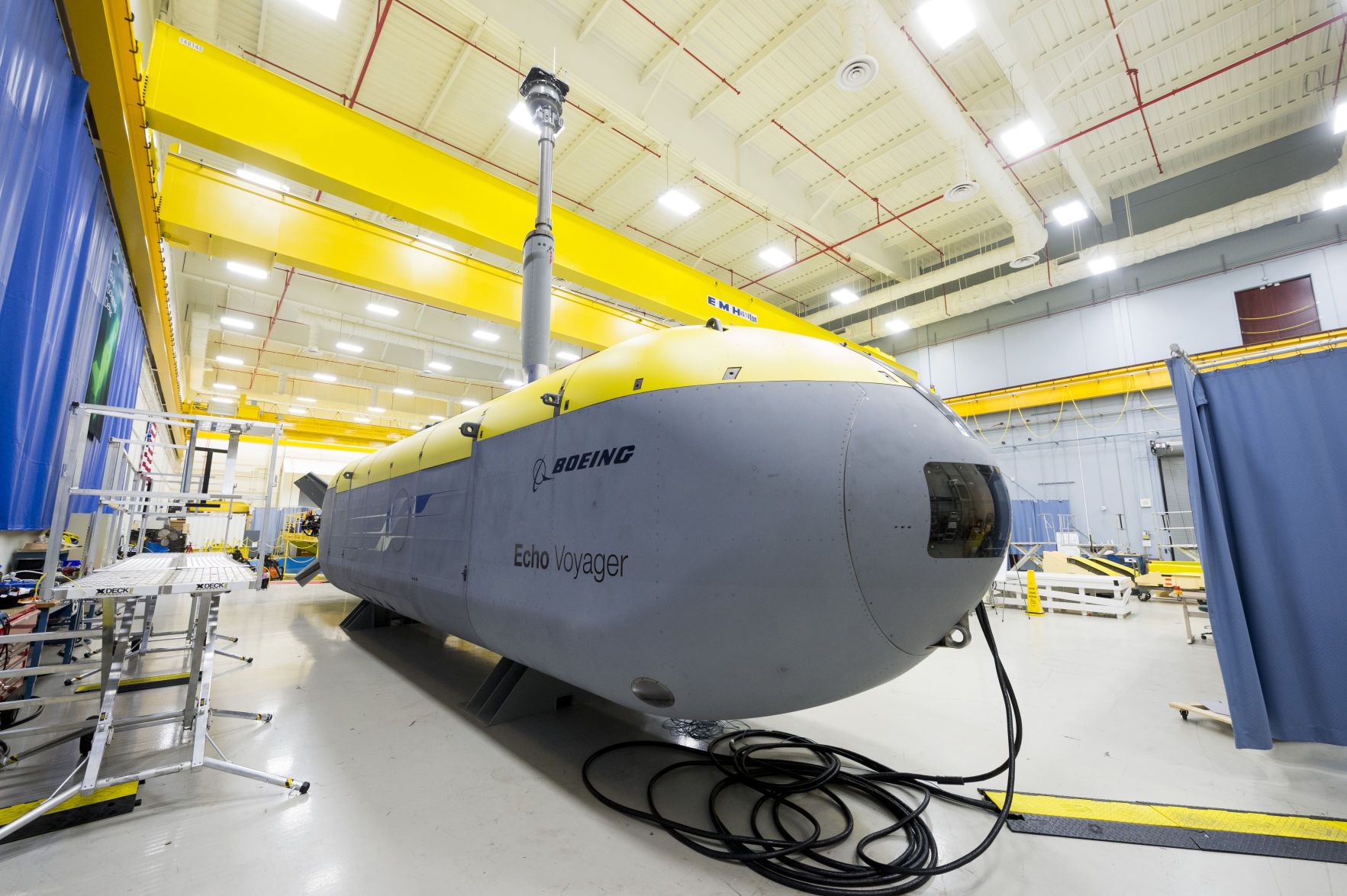Nov 26, 2016
The new frontier for drone warfare: Under the oceans
Posted by Karen Hurst in categories: drones, military, robotics/AI
As unmanned aerial drones have become a critical part of modern warfare, the Pentagon is now looking to deploy autonomous robots underwater, patrolling the sea floor on what one top Navy official called an “Eisenhower highway network,” complete with rest stops where the drones could recharge.
Although still in the development stages, the technology has matured in recent years to be able to overcome the vast difficulties of operating underwater, a far more harsh environment than what aerial drones face in the sky.
Saltwater corrodes metal. Water pressure can be crushing at great depths. And communication is severely limited, so the vehicles must be able to navigate on their own without being remotely piloted.
Continue reading “The new frontier for drone warfare: Under the oceans” »

















